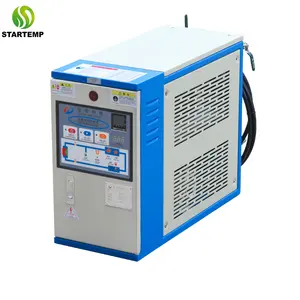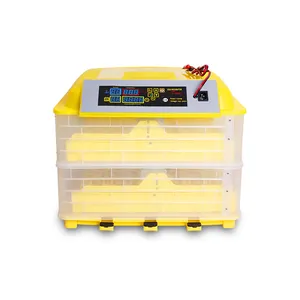
Mold Temperature Controller Stainless Steel Water Tank +- 0.1 Degree PID Control Injection Water Mold Temperature Controller

Mold Temperature Controller Water Mold Temperature Controller For Cold Feed Extrusion Line






The 96 temperature controller stands as a pivotal instrument in the realm of temperature regulation, catering to a broad spectrum of measurement requisites. This category encompasses devices designed to monitor and maintain the temperature within a precise range, ensuring optimal conditions for various applications.
Within this category, the pid 96 emerges as a notable variant, offering proportional, integral, and derivative control to manage temperature with finesse. Such controllers are integral in processes where temperature stability is critical. From industrial manufacturing to scientific research, the 96 temperature controller is a cornerstone in maintaining the required environmental conditions.
The construction of a 96 temperature controller often involves robust materials that can withstand harsh industrial environments. The Watlow 96 series, for instance, is known for its durability and reliability. These controllers come equipped with user-friendly interfaces, allowing for easy monitoring and adjustments.
Precision is paramount when it comes to temperature control. The Watlow 96 temp controller provides this precision, ensuring that temperature fluctuations are kept to a minimum. This is particularly advantageous in sensitive environments where even a minor deviation can lead to significant consequences.
To enhance the functionality of the 96 temperature controller, complementary tools such as data loggers can be integrated. These devices aid in recording temperature over time, providing valuable data for analysis and quality control.
In summary, the 96 temperature controller is a versatile and essential tool for a multitude of temperature measurement and control needs. Its ability to adapt to various environments and maintain precision makes it a valuable asset across different sectors.